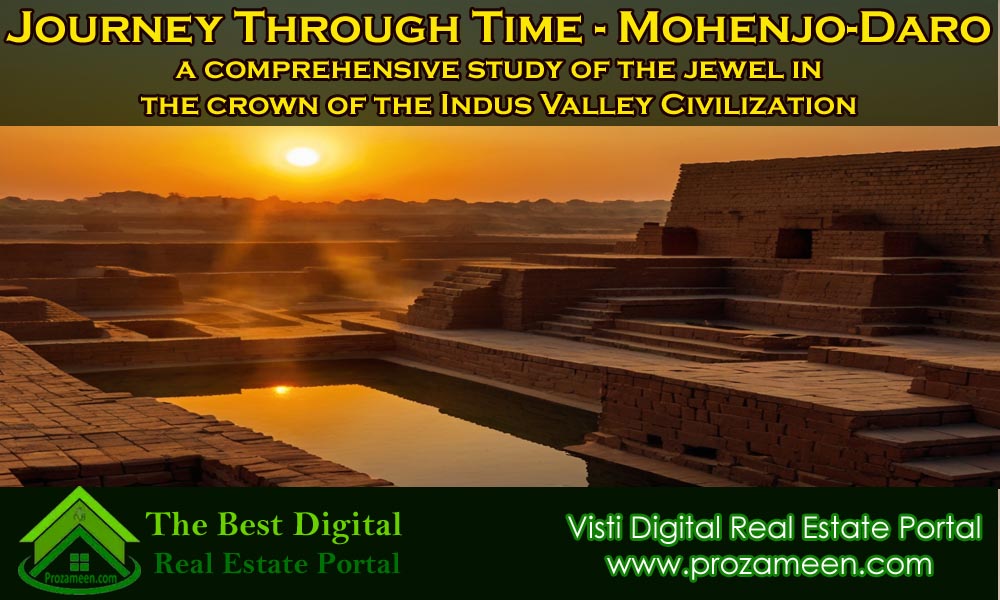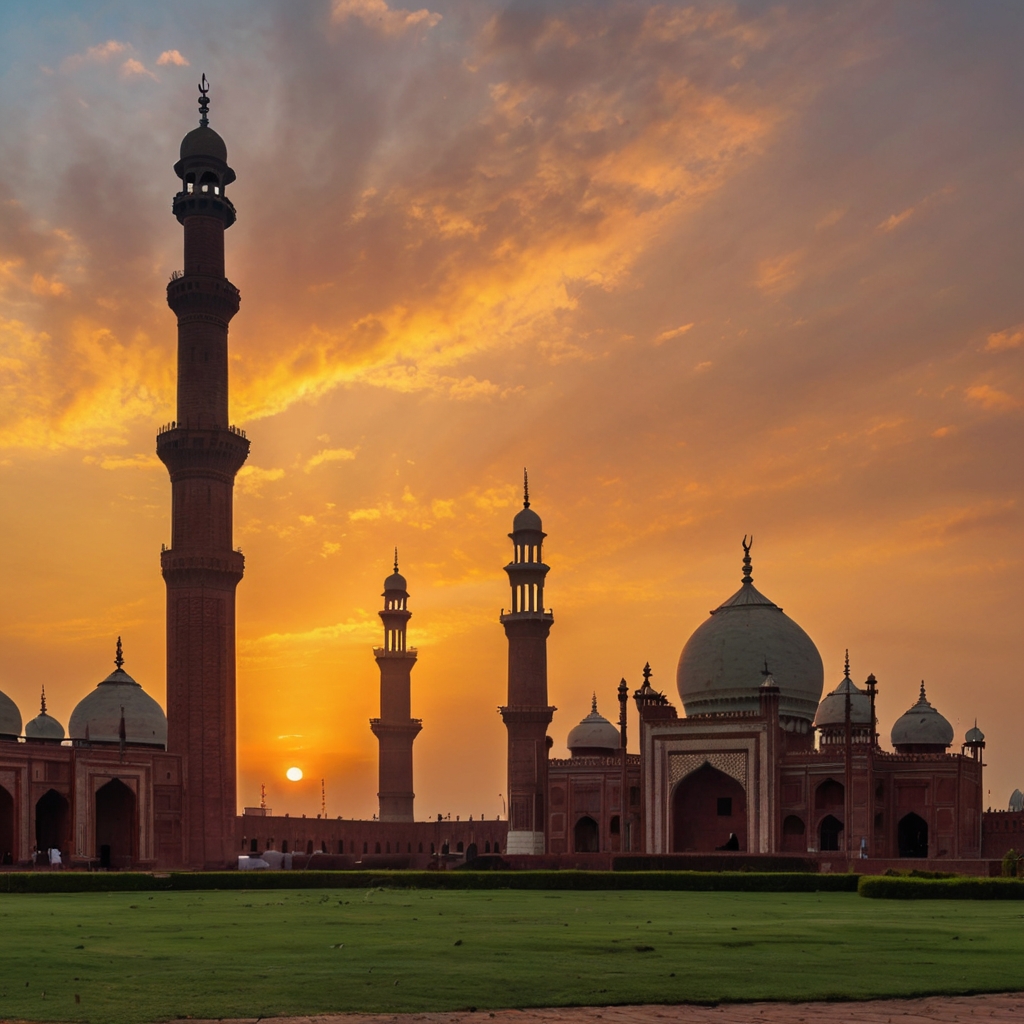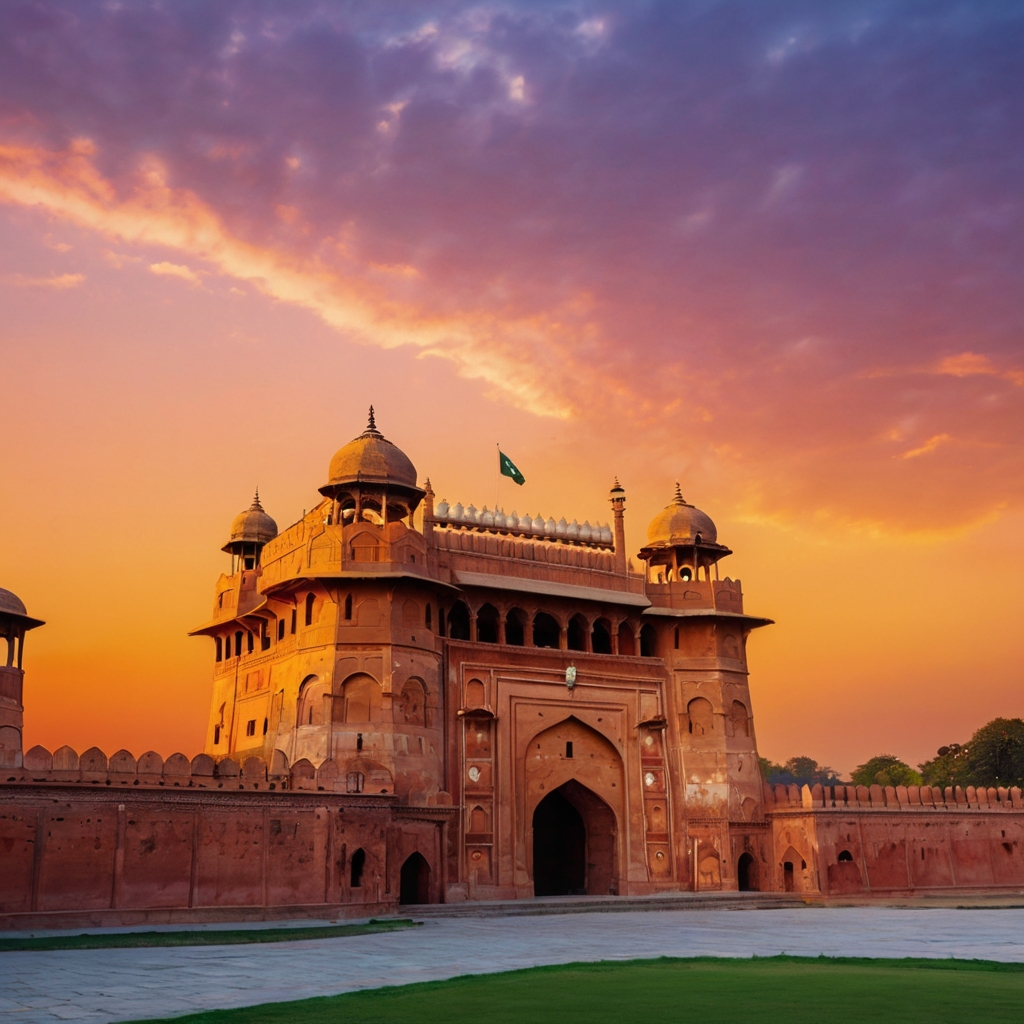Journey Through Time - Mohenjo-Daro
Journey Through Time - Mohenjo-Daro - a comprehensive study of the jewel in the crown of the Indus Valley Civilization In the annals of human history, few archaeological sites hold the same mystique and allure as Mohenjo-daro. Nestled in the floodplains of the mighty Indus River, this ancient metropolis stands as a testament to the ingenuity, sophistication, and resilience of the Indus Valley Civilization, one of the world's earliest urban cultures. As scholars and enthusiasts alike continue to unravel its mysteries, Mohenjo-daro remains a captivating enigma, offering a tantalizing glimpse into the distant past. A Journey Through Time: The story of Mohenjo-daro begins over four millennia ago, around 2600 BCE, during the heyday of the Indus Valley Civilization. Discovered in the early 20th century by archaeologists excavating the plains of present-day Pakistan, Mohenjo-daro quickly captured the imagination of the world. Its well-planned streets, advanced drainage systems, and sophisticated architecture spoke volumes about the urban sophistication of its inhabitants. Urban Planning and Architectural Marvels: At the heart of Mohenjo-daro lies a meticulously planned cityscape, characterized by a grid-like layout of streets, alleyways, and public squares. The Great Bath, an imposing structure measuring approximately 39 feet in length and 23 feet in width, stands as a testament to the engineering prowess of its builders. Adjacent to the Great Bath are the Granary, a massive structure believed to have stored grain, and the Great Hall, possibly a ceremonial or administrative complex. Deciphering the Indus Script: One of the most enduring mysteries of Mohenjo-daro is the enigmatic script found inscribed on seals, pottery fragments, and other artifacts. Comprising a series of symbols and pictographs, the script remains undeciphered to this day, confounding linguists, historians, and archaeologists alike. The quest to unlock the secrets of the Indus script continues, with scholars around the world striving to unravel its meaning and significance. Daily Life and Cultural Practices: As excavations at Mohenjo-daro have progressed, archaeologists have gained valuable insights into the daily lives and cultural practices of its ancient inhabitants. Artifacts recovered from the site, including pottery, jewelry, tools, and figurines, provide clues about trade networks, religious beliefs, and social hierarchies. The absence of monumental architecture dedicated to rulers or deities suggests a more egalitarian society, where power may have been decentralized. Preservation Challenges and Conservation Efforts: Despite its historical significance, Mohenjo-daro faces numerous challenges to its preservation. Environmental factors such as rising water tables, salinity, and erosion threaten to erode the site's fragile remains. Additionally, encroachment, looting, and urban development pose significant risks to its integrity. Efforts to conserve Mohenjo-daro are ongoing, with international organizations, government agencies, and local communities collaborating to safeguard this cultural heritage for future generations. Visitor Experience and Educational Opportunities: For visitors eager to delve into the mysteries of Mohenjo-daro, guided tours and educational programs offer immersive experiences. Exploring the ruins of this ancient city, visitors can gain a deeper understanding of its history, architecture, and significance within the broader context of the Indus Valley Civilization. Museums and interpretive centers provide further insights, showcasing artifacts and exhibits that shed light on the daily lives and cultural achievements of its inhabitants. Looking to the Future: As we continue to unravel the mysteries of Mohenjo-daro, it is essential to recognize the importance of preserving this invaluable cultural heritage. Through continued research, conservation efforts, and public engagement, we can ensure that the legacy of Mohenjo-daro endures for generations to come. By safeguarding this ancient metropolis, we not only honor the achievements of the past but also enrich our understanding of human history and civilization.




